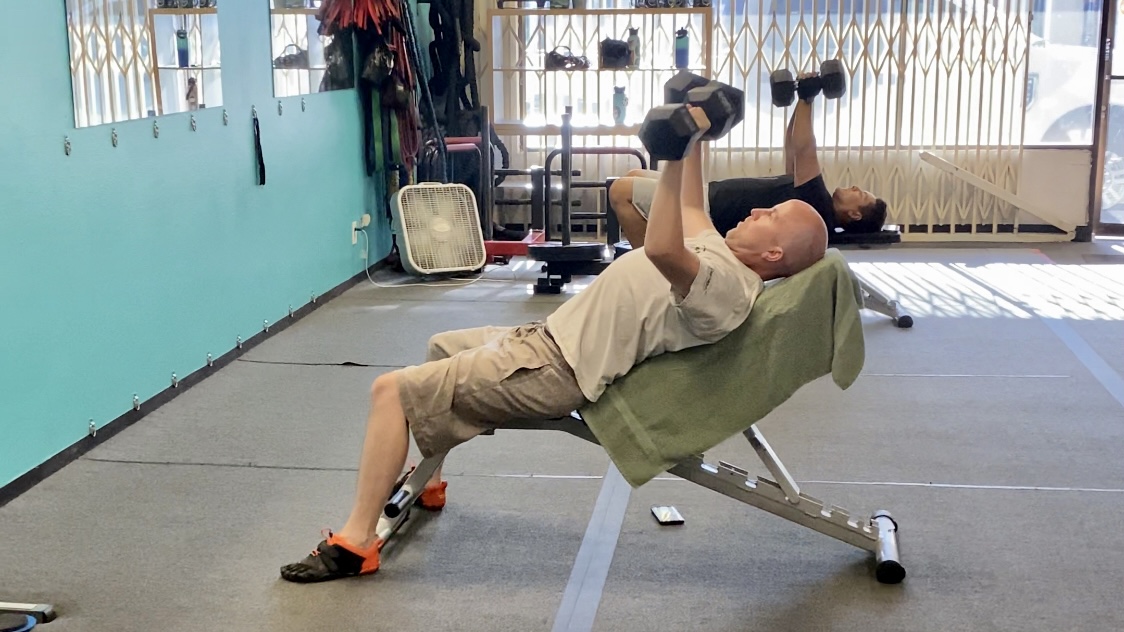Improved Results With Advanced Contraction Techniques

Resistance training is more than using proper form to lift weights.
Once you master these basics, there is a deeper level of expertise that promotes more progress.
This next stage of training focuses on the muscular contractions in each exercise.
A muscular contraction, whether it be a bicep curl, chest press or squat, has three stages during the movement, but it is only when you learn to control each one that you get the most out of your workouts.
Table of Contents
Muscular Contraction Types
The three stages of a muscular contraction are concentric, eccentric and isometric.
- Concentric contractions pertain to shortening the muscle while increasing the tension, like the upward motion in a bicep curl.
- Eccentric contractions pertain to the lengthening of the muscle as the resistance becomes greater than the force the muscle is producing; releasing your bicep curl and guiding the weight down to starting position.
- Isometric contractions have no visual movement but are the pause between concentric and eccentric. For example, the pause at the top of your bicep curl maintains the static contraction of your muscle without any visible movement.
By using these three contractions strategically, you can repeat a previous workout but afterwards feel completely different and get better results.
Contraction Examples
Here are some examples of how I use these contractions in my training:
For concentric contractions, often the main focus when lifting weights, I speed up or slow down the tempo of the movement or change the range of motion. By manipulating these factors, I’m able to work on increasing strength throughout the whole muscle’s range of motion.
To target the eccentric contractions, I won’t allow the weight to “fall” back to the starting position in a bicep curl with limp arms and no control, but slowly lower the weight fighting against gravity from pulling the weight down. By keeping muscle under constant tension while extending the muscle, I’m building stronger more resilient muscle tissue.
On a heavy leg day, after doing my deadlifts and back squats, I’ll hold my body position at the bottom of a lunge for 30 seconds on each side. This is an isometric lunge, where by lowering my back knee and staying in that static position, I’m working on improving my control and balance.
Exercises are done correctly when you control the weight and maintain good form. However, you can challenge yourself beyond the basics by focusing on a certain contraction.
Applying Advanced Contraction Techniques
Want to take your training to the next level?
Identify the concentric, eccentric and isometric contractions of an exercise, then manipulate the tempo of any of the three contractions and see how it feels!
Using advanced techniques like this can help you make more progress and overcome plateaus specific to you.
Whether you need help developing the basics like proper form and exercise consistency or want to implement more advanced lifting techniques, we’re here to give you the guidance you need 💪
